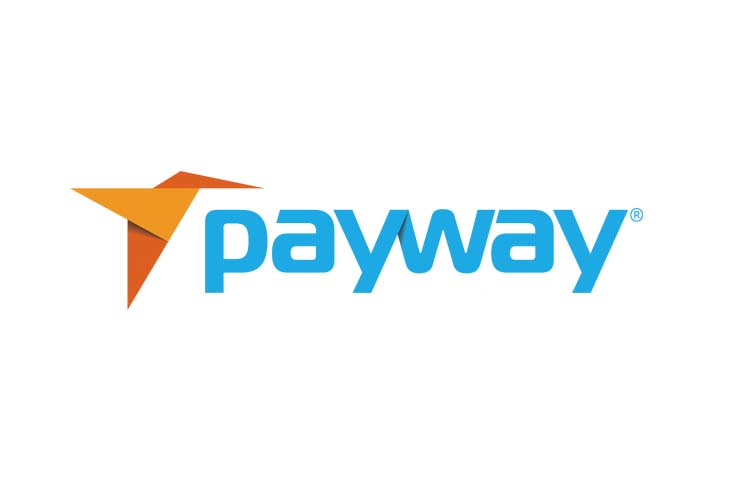We spoke to you a few weeks ago to find out more about Payway and the history of your company. Now, let’s dive into a subject that you mentioned, the future of supporting card not present subscriptions!
What do businesses that operate subscription-based business models need to understand about payments?
Payway got its start by processing subscription payments for some of the largest newspaper groups in the country. More than 30 years of experience has taught us a thing or two about subscription payments of all types. It doesn’t matter if you sell a subscription to a physical product like a newspaper or box-of-the-month club, or a digital subscription like online news content or service membership. Chances are that the majority of your payments are received via the web or telephone. Once initial payment is received, then they are set to repeat on a schedule that coincides with future order fulfillments or timed membership payments. The challenges for this business model are twofold—getting the initial payment and keeping the repetitive payments running.
Why are payments received via the web or telephone different than those that are made in person? Are they processed the same? Why does it matter?
Web or telephone payments are known in the industry as card-not-present payments. Although these payments are processed via the same networks as traditional “card present” transactions, they are considered to be a higher risk due to the increased risk of fraud. For a payment to be considered “card present”, the data that is contained in the magnetic strip or chip needs to be processed via a terminal or card reader. Not only do card-not-present transactions carry a higher risk of fraud, they also carry a higher potential for chargebacks, and as a result, higher fees from the networks to process these payments.
Why wouldn’t a business just use a provider that provides a bundled rate? Wouldn’t that allow merchants to pay a uniform rate, regardless of whether or not the card was presented at the time of the transaction?
Many of the big processors operate a pricing model that is known as bundled pricing. This is typically comprised of a flat fee, plus a percentage of the payment and typically runs in the range of 2.9% + 0.30 cents per transaction. Sometimes called tiered pricing, this pricing model seems convenient and straight forward. The rate is the same, regardless of whether or not data is passed with the payment. Although this pricing model is easier to understand, it makes it impossible for you to know how all the fees break down. Merchants collectively pay millions of dollars a year in overcharged interchange.
Cost-plus pricing is more transparent because you know how it breaks down. Each interchange fee is identified, as well as the processing mark-up, so you can see exactly how your cost is calculated. Payway operates a cost-plus pricing model so that you can be confident you’re not being overcharged and there aren’t any fees hiding in the math.
If a merchant is able to get over the initial hurdle of successfully processing a payment for the first subscription payment, then what steps can they take to ensure that future payments keep running smoothly? What happens if the card expires or gets replaced?
As we mentioned earlier, getting that initial payment is the first challenge. Keeping those payments running smoothly for future transactions is another. Your business relies on the “set it and forget it” cadence of recurring payments. Your goal is to reduce churn and keep your profit margins profitable. It is a significant expense if you have to invest in the process of having a staff member identify those customers whose cards have expired and call or email each one to obtain the updated information. Not only that, it’s actually a risk if your staff member gets in touch with the customer. They may just decide that they do not want to give you updated card information because they would rather cancel the subscription or membership.
Payway has decades of experience processing subscription and digital payments. We have applied that experience to develop a solution—automated account updater service.
How does account updater work? And why would a customer want to use it?
Account updater is a simple 3-part process. First, participating card issuers (banks and the like) inform Visa and/or MasterCard when a customer’s card expires, the account numbers are changed, or the account is closed.
The Account Updater tool routinely queries Visa and MasterCard for updates such as these, and the revised information is returned upon our request.
Account Updater then applies the new account information to the Payway vault, updating that cardholder’s token, so it’s ready to process the next scheduled recurring payment, without skipping a beat.
With Account Updater, subscription-based businesses that rely on recurring revenue can avoid the tedious and costly process of manually updating outdated card information.
What does the future hold for the industry and Payway?
Seeing as our expertise lies in card-not-present, recurring transactions, we are concentrating our efforts in markets that operate subscription-based business models. Private healthcare, ticketing, and call centers are just a few examples of the types of markets we have the ability to make a significantly positive impact in. This industry is very excited right now, and changing rapidly. We are excited to be along for the ride!











